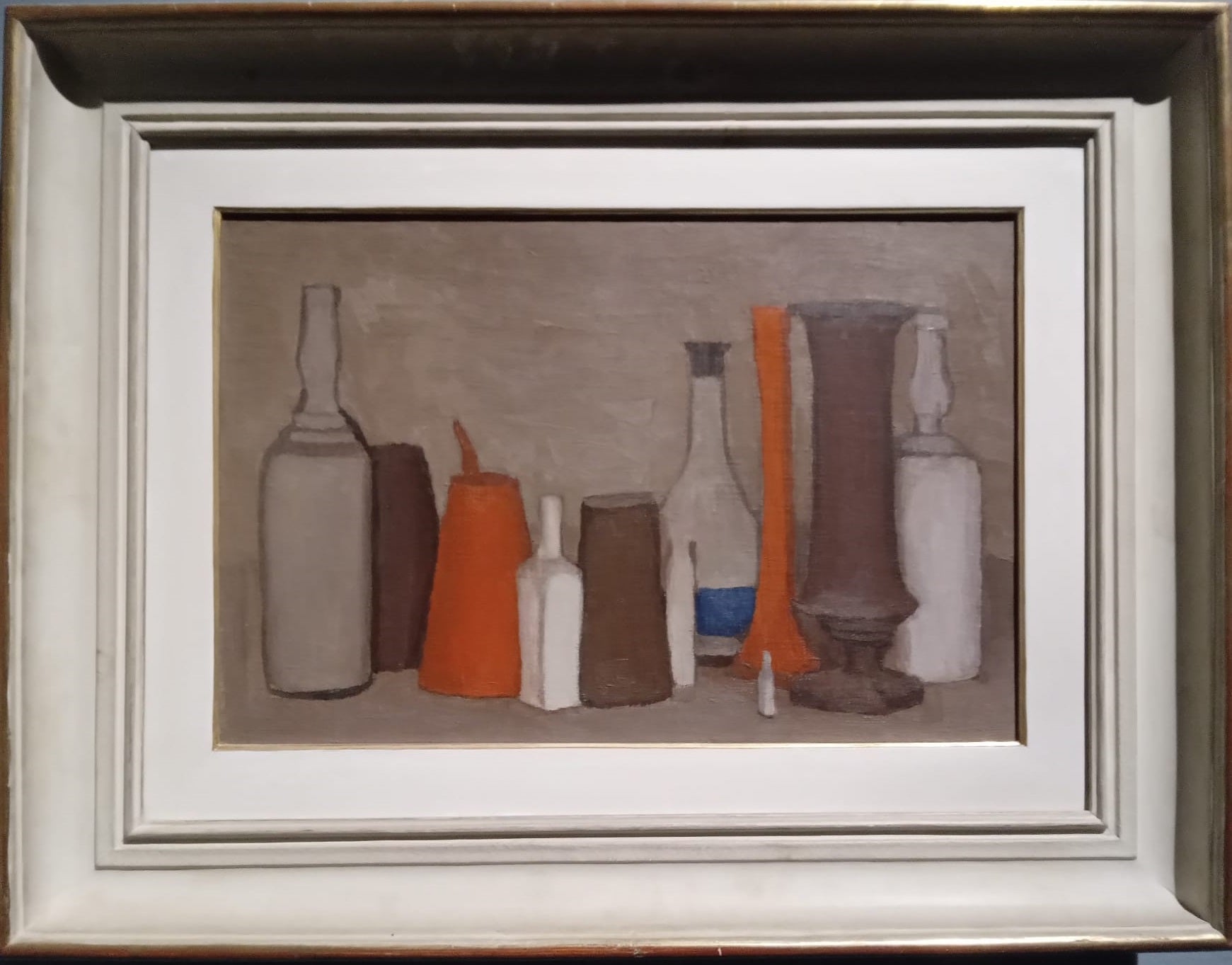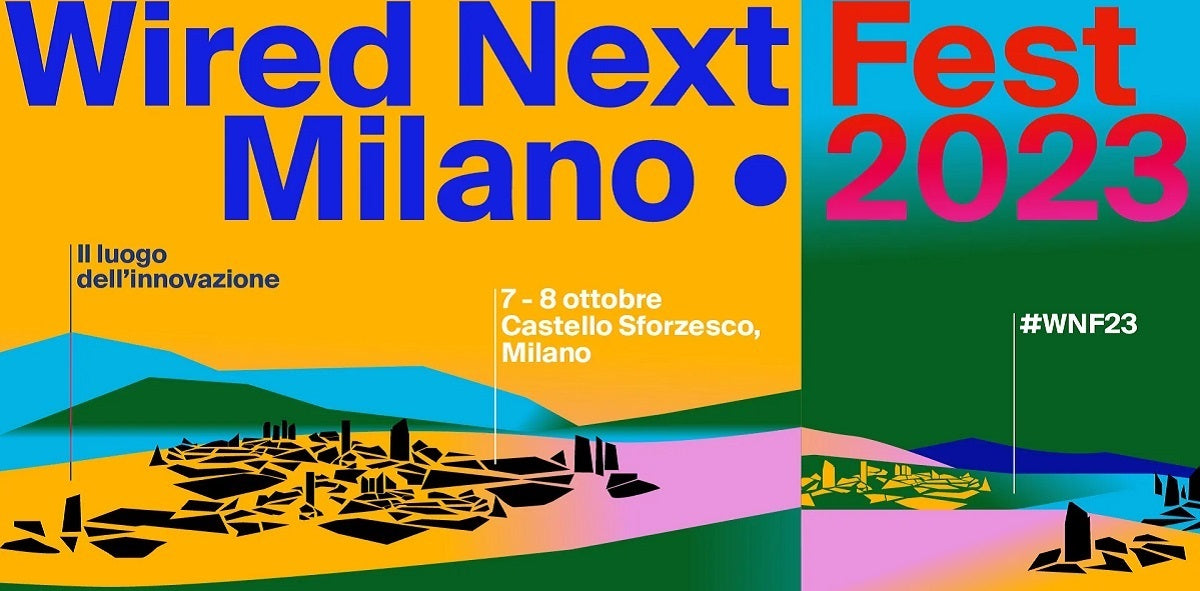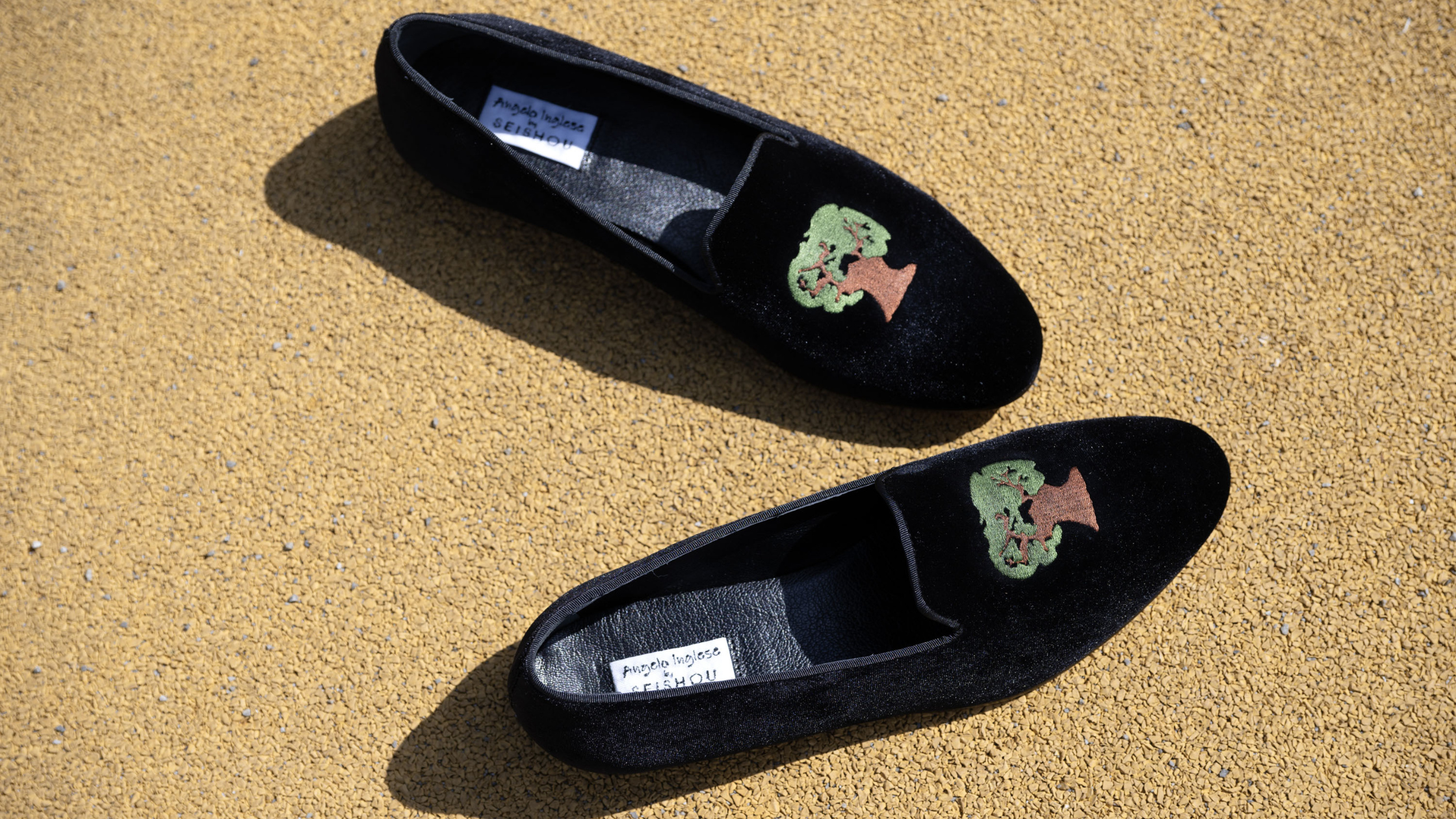
Morandi still life in exhibition
Still life, natura morta: Giorgio Morandi has been the most iconic 20th century painter of this genre, but with his own particular style: not only fruits and fruit stands or baskets, but “containers”, bottles, ceramics, and vessels, put together on a table without an apparent order. Pictured in their own staticity, as if it happens by chance. Instead the work behind every painting is punctual, obsessive and very precise.
“Morandi 1890-1964” is the exhibition dedicated to the still life 20th century italian painter designed by Maria Cristina Bandera, thirty years later from the last Milanese review, that will take place until February 4th, 2024 at the “Piano Nobile” of the Royal Palace of Milan.
The goal is to celebrate the relationship between the city and the painter from Bologna.
Considering the extent and quality of the artworks, this is one of the most important and complete retrospectives of the artist in the last decade.
After all, the first big collectors of Morandi were Lombards or those who were living in Milan. Collectors like Vitali, Feroldi, Scheiwiller, Valdameri, De Angeli, Jesi, Jucker, Boschi Di Stefano, Vismara, part of whose collections were donated to the city, and the Milione Gallery, which is Milanese, that had a favored relationship with the painter.
An exhibition of about 120 artworks retraces the entire work of the Bolognese artist - 50 years of activity, from 1913 to 1963 - thanks to loans from important public institutions and prestigious private collections.
The exhibition path follows a chronological order with targeted and unedited combinations that show the style evolution and how the painter used to work, with 34 sections that tell the various phases.
You can enjoy the bottles, the vessels, the coffee makers, the bowls, but also the flowers put together very tight into the vessels, the landscapes of his places, observed by an almost hidden point of view.
Colors and shades are in pendant and they are never too bright, but instead they are tenuous.
The outline is dense, but not excessive. In the exhibition, there are even some graphics: from the very beginning of his career he kept on with his passion for engravings and the artworks are always made with great care, characterized by thin and straight marks in a complex twist of lines.
This exhibition characterizes a soul journey, not only artistic, that can not be missed.



